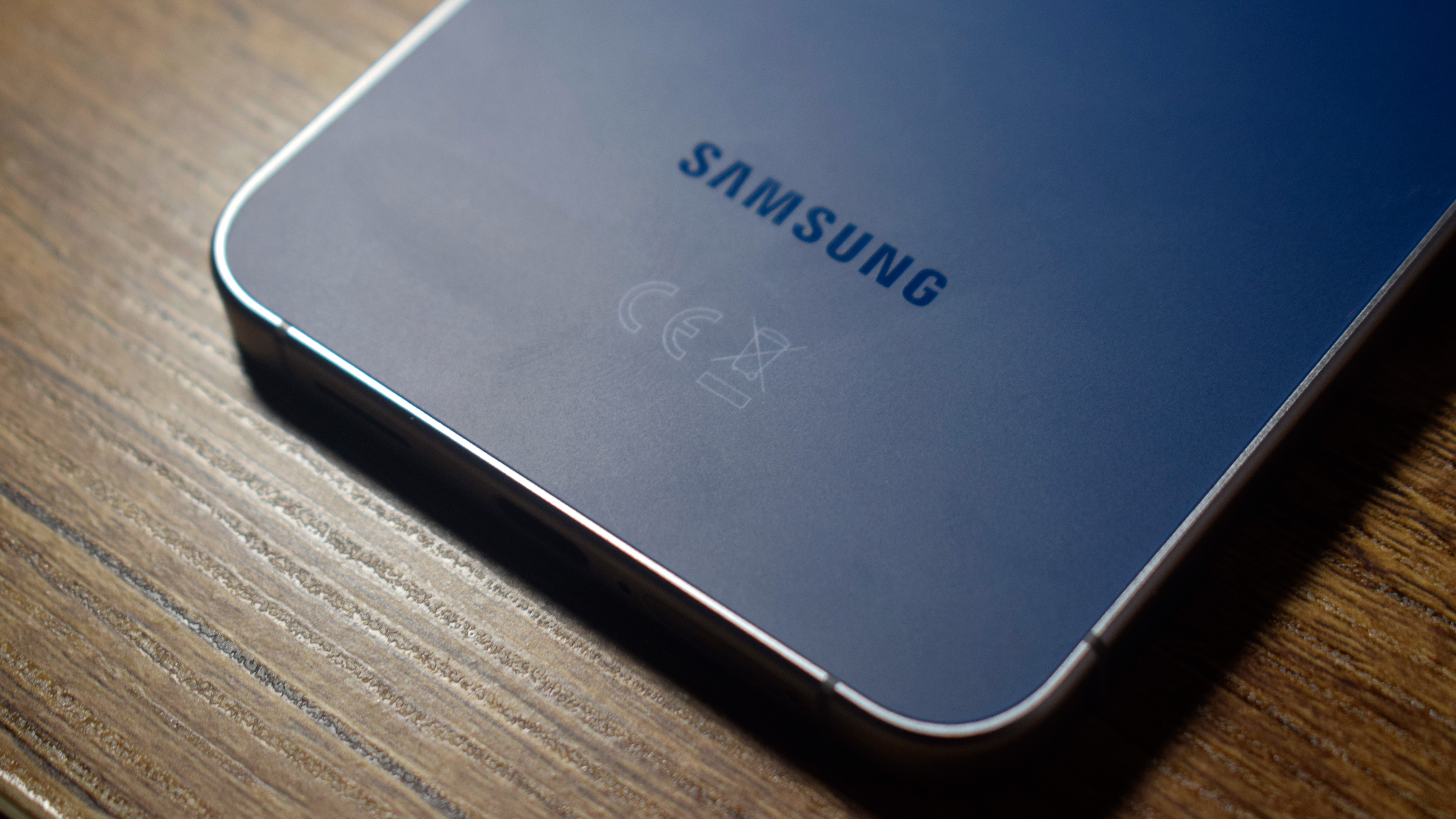Philips Brilliance 225B monitor review
Philips says the infrared sensor inside its 225B monitor can tell when you're not in front of it and drop the brightness and power. We put it to the test.
The PowerSensor on the Philips does the job and lowers screen brightness and therefore power consumption when you're literally out of the picture. Of course, you can get superior image quality for the money, but if you're more concerned with keeping those power costs down this monitor is one to keep in the frame.

The Sensor setting can be easily adjusted from one of the buttons on the bottom right, but we imagine that setting 1 would only be useful if you were virtually glued to the screen.
One has to wonder if the feature isn't a little on the gimmicky side, as the alternative that most monitors use is just to power down the display after a period of inactivity and turn off the whole display, which would save even more energy.
Aside from this feature, the Philips 225B has a few other bells and whistles. Another button on the right gives you SmartImage presets, which adjusts contrast and brightness depending on usage - Office Work, Image Viewing, Entertainment, Economy, and Off. Each has some merit save for the entertainment' option, which we would avoid, as that simply shoves up the brightness but blows out colours at the lighter end. If you really need to optimise for video choose another setting and darken the room.
Philips includes some customisation software on a CD in the box called SmartControl II, which includes a wizard that lets you set up the monitor for brightness, contrast, white point and gamma, with some helpful full screen test images.
These are actually similar to our own DisplayMate tests, which showed that the 2251 doesn't offer much in the way of low-end detail in darker areas, not is particularly bright at the top end. The backlighting also wasn't perfectly even, with darker streaks on full screen reds. However, for text is was perfectly sharp.
Not surprisingly at the price, the screen is based on TN technology and as such, colours and contrast are lost as you move off axis. If you do need to share your image you're better off taking advantage of its rotating stand. In addition, the monitor also has height adjustment, which is welcome at this price, and can tilt forward and back too.
At the rear you'll find both DVI and VGA sockets, though there's no direct button for this and it is the work of six button presses. You'll also find a slot for a Kensington lock. On the left hand side, there's a USB port though as it's just the one, it's more for convenience than actually giving you anything extra.
Sign up today and you will receive a free copy of our Future Focus 2025 report - the leading guidance on AI, cybersecurity and other IT challenges as per 700+ senior executives
There's also an audio input, though predictably the speakers are not up to much. It's fine for the beeps of Office and the occasional YouTube video but not if you want to listen to music for extended periods. Usefully a headphone socket is located underneath the bezel.
The Philips Brilliance is a decent office monitor, but for the money there are displays that offer better image quality and while the PowerSensor is a good idea on paper, we're not convinced that a regular power down mode won't do the job just as well.
Verdict
The PowerSensor on the Philips does the job and lowers screen brightness and therefore power consumption when you're literally out of the picture. Of course, you can get superior image quality for the money, but if you're more concerned with keeping those power costs down this monitor is one to keep in the frame.
Display technology: TFT Native Resolution: 1,680 x 1,050 Connectivity: DVI, D-Sub Features: PowerSensor infra-red Power usage: 40W Contrast ratio: 1000:1 Brightness: 250 cd/m² Display colours: 16.7m Response time: 5ms
Benny Har-Even is a twenty-year stalwart of technology journalism who is passionate about all areas of the industry, but telecoms and mobile and home entertainment are among his chief interests. He has written for many of the leading tech publications in the UK, such as PC Pro and Wired, and previously held the position of technology editor at ITPro before regularly contributing as a freelancer.
Known affectionately as a ‘geek’ to his friends, his passion has seen him land opportunities to speak about technology on BBC television broadcasts, as well as a number of speaking engagements at industry events.
-
 Cybersecurity experts face 20 years in prison following ransomware campaign
Cybersecurity experts face 20 years in prison following ransomware campaignTwo men used their tech expertise to carry out ALPHV BlackCat ransomware attacks
By Emma Woollacott Published
-
 UK firms aim for growth through AI investment but lack of talent is a concern
UK firms aim for growth through AI investment but lack of talent is a concernTech training and upskilling will be a major focus in 2026
By Emma Woollacott Published
-
 Samsung unveils plan for AI transformation across all devices
Samsung unveils plan for AI transformation across all devicesBoth the DS and DX divisions of the business are profiting from the AI boom
By Jane McCallion Published
